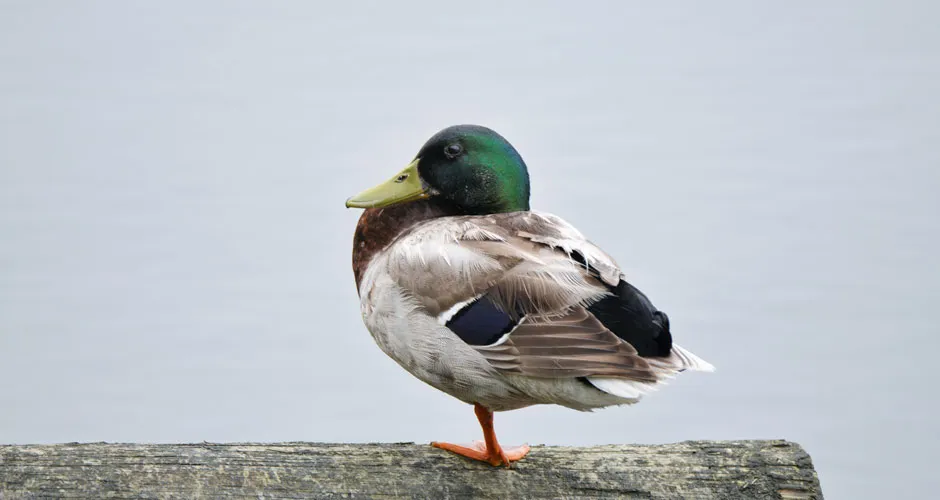Picture a flamingo in your mind now and it’s probably A) fantastically pink, and B) standing on one leg. If not, it should be: the fuchsia-feathered birds adopt this unipedal stance for several hours each day, particularly when sleeping or enjoying a midday rest (what scientists genuinely refer to as ‘loafing’).
But why do flamingos perch on one leg? Even for experts, this hasn’t been an easy question to answer, with zoologists offering several theories across several decades.
However, one explanation now stands head and shoulders above the rest.
Why do flamingos stand on one leg?
Fundamentally, flamingos stand on one leg to avoid muscular fatigue. “It’s an energy-saving activity, basically,” explains Dr Paul Rose, zoologist at the University of Exeter.
“Believe it or not, flamingos are more stable for long periods of time on one leg than they are on two. This is because the ligaments and tendons in their legs can be locked in position – and that reduces any muscular effort to stay in one place.
“If you’re a flamingo, you’re going to want to sleep on one leg as you can activate this locking mechanism and just stay there. Sleeping on two legs would mean constantly maintaining your balance.”
Read more about flamingos:
Interestingly, they aren’t the only animals to engage in this behaviour. Ducks, geese, swans and flamingos are birds of a feather, using similar locking mechanisms in their legs to stay perfectly balanced.
“So many birds stand on one leg. It just so happens that because flamingos have such long legs, we see it more,” says Rose.
“Yet we can even see this behaviour in humans to some extent if they’re in a queue: people will rest more weight on one leg than the other.”

Another explanation that gained traction until a few years ago: flamingos raise one leg to conserve body heat. This thinking followed the idea that as the birds spent so much time in water, they needed to reduce the heat lost through their lower bodies.
While first appearing a watertight theory, scientists – including Rose – now argue this idea doesn’t have a leg to stand on.
“It’s been debated for a while, but the jury’s verdict is basically ‘that’s not probably the case,’” he says.
“This is because flamingos, like most water birds, have very reduced blood vessels in their legs. They have a counter-current heat system, meaning they warm blood that's returning from the foot to the body, and cools blood that's leaving the body to the foot.
“This means they already have an in-built mechanism for saving heat. Therefore, it’s simply more likely they’re looking to save energy by standing on one leg.”
About our expert – Dr Paul Rose
The University of Exeter's Dr Paul Rose is a zoologist with a particular interest in behavioural ecology, ornithology and animal welfare. He is also co-chair for the IUCN/SSC Flamingo Specialised Group.
Read more about flamingos:
